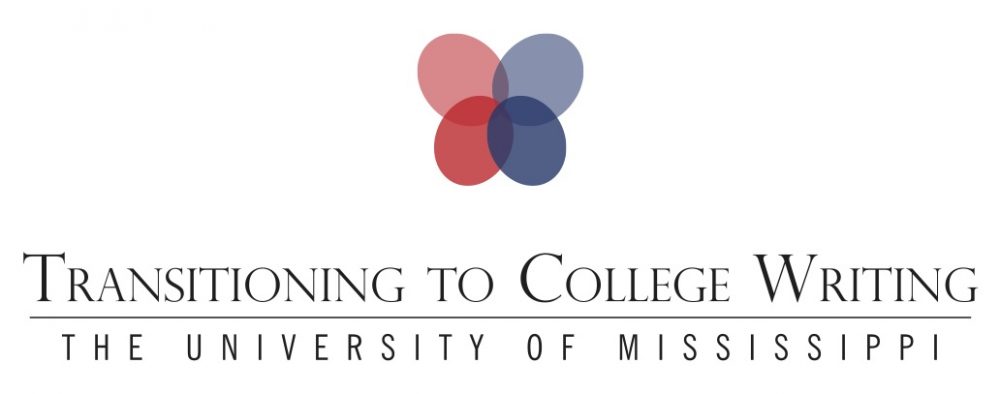In my teaching circle this week (which is made up mostly of online teachers), we got onto the topic of personality in an online course. We didn’t just mean our own personality as instructors, but the personality of the class itself.
Every face-to-face class has a personality by the end of the semester. In almost every class I’ve taught, there has been at least one thing that has made that group of students memorable. I might not remember names, majors, or even what kinds of essays students wrote, but I can remember the small details that gave that class “personality.” Maybe it was the inside joke the class had, maybe it was some event in the outside world that was memorable, and maybe it was the time that we had to evacuate because of a chemical leak. I guess another way to think about this is as the “soul” of the class.
So how do you recreate that in an online class? How do you inject express your own personality, allow students to do the same, and still create an online learning experience that works for everyone in your class? In our teaching group, we talked about a few different ways to compensate for the lack of “contact.” Someone suggested embedding humorous content or memes in your course itself, to give it a little more life. One of my teaching group members embeds “Easter eggs” in his videos for students to fine. Someone else suggested taking a slightly more informal tone in email communication in order to make the interaction seem more human.
That last one makes sense to me. If I’m teaching a face-to-face class, and a student sends me an email that begins with “hey,” ends with “lol,” or includes a “:-)” I get a little annoyed. But in my online classes, I feel just the opposite. I am glad that they are comfortable enough with me, as an instructor, to show that personality. If we were having a conference face-to-face, there would be a certain level of personality exchange, right? That’s how a writing center consultation works. If I have to accept emoticons in emails in order to replicate that experience in an online class, I guess that’s not too bad.
But that really doesn’t solve anything. I can’t remember one online course from another that I’ve taught. They all blend together. I remember a few distinct students, but only because they came and met with me often (despite being online students). My online courses are just clones of one another. Maybe that’s just the way it has to be, but I’d like to think there is some way to bring the personality, or the soul, into the online classroom in the same way it has always been present in our face-to-face classes.
What do you think? What strategies do you use to bring life into your online classes?
By Andrew Davis, University of Mississippi, TCW Planning Committee


